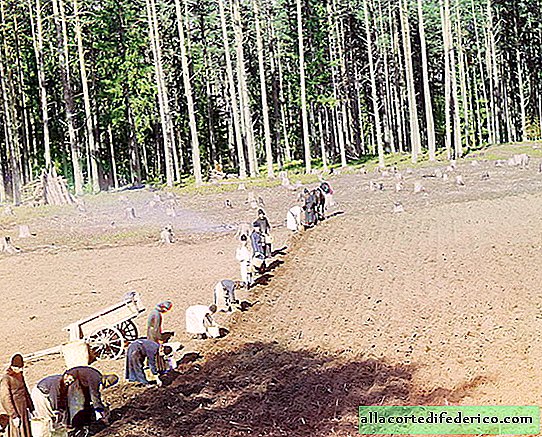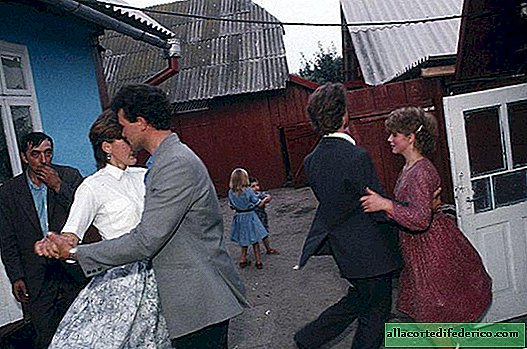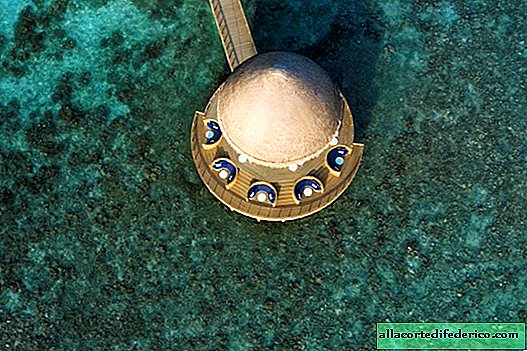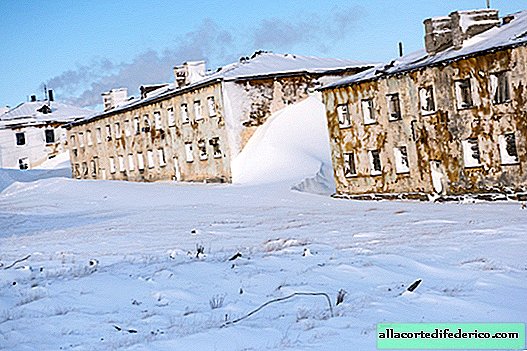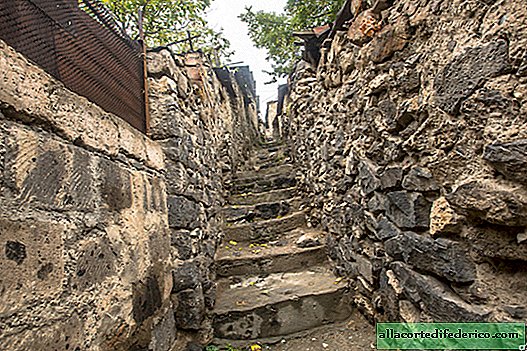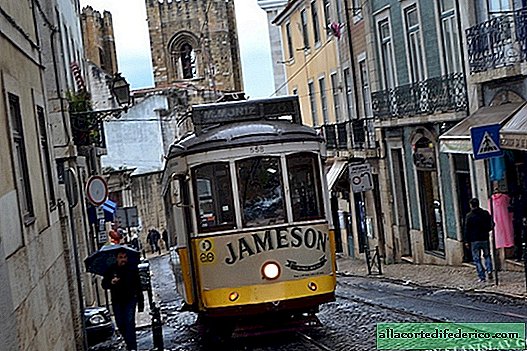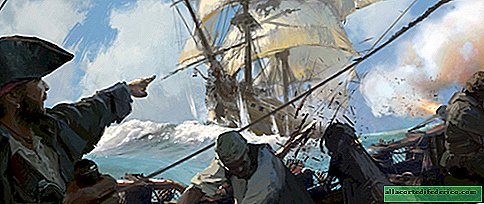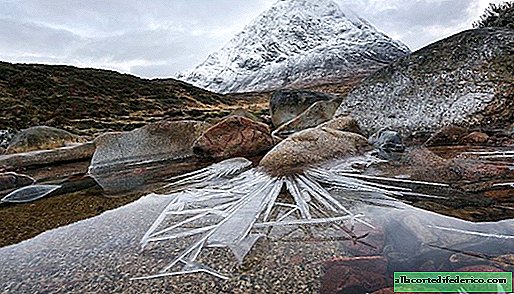Saint Helena: Napoleon, even in exile and without weapons, kept the British at bay
Not many people will remember exactly where Saint Helena is located in the Atlantic, but everyone is well aware that the exiled French emperor Napoleon Bonaparte spent his last years of his life on it. This is all that is connected with Napoleon today, attracts tourists to the island and brings good income, and two centuries ago the presence of the “Corsican monster” on the island kept the British, and especially the governor of the island, in constant fear.

The island of St. Helena today, like 200 years ago, during the time of Napoleon’s stay on it, belongs to Great Britain. This is a small volcanic island with an area of 122 sq. Km, which is located south of the equator. It is 1800 kilometers from the island to the African coast, and communication with the outside world for 4,5 thousand islanders is possible with the help of sea vessels and the recently opened airport. True, regular flights have not yet been established, but flights from South Africa fly here.

Today, the tourist flow associated with a stay at the beginning of the XIX century on the island of Napoleon Bonaparte, significantly replenishes the budget of this British colony.

After the defeat at Waterloo and the second abdication, Napoleon Bonaparte was captured by the British. It is noteworthy how Napoleon managed to avoid death, because the British intended to shoot him. But the former emperor was not afraid and declared: "Although I am defeated, I am still a monarch ... The shame of my death will bequeath to the royal house of England."

In October 1815, Napoleon, along with his associates and associates, was taken to St. Helena. By that time, the island was the most important strategic point on the way from Europe to Asia, because the Suez Canal did not yet exist. This place was not chosen by chance at all: located far from Europe and other continents, the island was the best suited for the disgraced emperor and reduced the risk of escape. And the British governor of St. Helena feared the escape of the former French emperor more than anything else. Indeed, shortly before this, Napoleon had already returned from exile on the island of Elba and managed to draw an army to his side.

It was this fact that served as the main reason that the governor of St. Helena Hudson Lowe (also Goodson Lowe) was in constant fear. Longwood House, the place where Napoleon was kept with his retinue, was guarded very carefully. Napoleon was constantly watched, an armed detachment was on duty around the clock at his house. Low was afraid and hated his captive, for whom he was responsible for his career, and perhaps his head.
 Longwood House, the house where Napoleon Bonaparte spent his last years
Longwood House, the house where Napoleon Bonaparte spent his last yearsStaying on the island was a real torture for Napoleon. And the point is not so much in exile as in the very atmosphere that reigned on St. Helena. The climate here is quite favorable, with mild winters and warm summers, without sweltering heat, but life on the island itself was not very diverse. By nature, energetic and active, keenly interested in world politics and possessing tremendous capacity for work, the former emperor suffered from boredom and idleness. He was overwhelmed by writing memoirs, talking with former associates about politics, and reading the English press.

Napoleon Bonaparte lived on the island of St. Helena for a long 6 years and died in 1821 from a stomach disease. The former emperor was buried in one of the valleys of the island, but later his ashes were transported to France. Governor Lowe was relieved, and the island of St. Helena is still known to the general public thanks to the famous prisoner. Interestingly, the house in which the exiled emperor spent the last years and the valley where he was originally buried, today belong to France.


